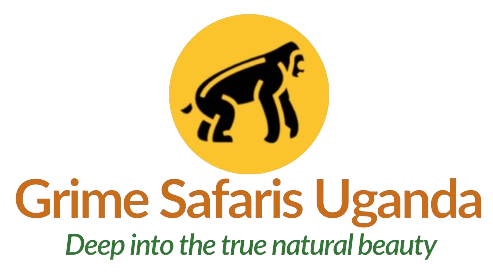The Democratic Republic of the Congo (D.R. Congo), located in Central Africa, is the second-largest country on the continent. D.R. Congo is rich in natural resources, including diamonds, gold, and cobalt, making it a significant player in the global mining industry. Despite its wealth, D.R. Congo faces substantial challenges, including political instability and poverty.
D.R. Congo is home to diverse ecosystems, including the Congo Rainforest, which is the second-largest tropical rainforest in the world after the Amazon. The Congo River, which flows through D.R. Congo, is the second-longest river in Africa and is vital for transportation and trade within the country.
The population of D.R. Congo is over 89 million, comprising numerous ethnic groups and languages. French is the official language, but Lingala, Kikongo, Swahili, and Tshiluba are also widely spoken. D.R. Congo's cultural heritage is rich, with a vibrant tradition of music, dance, and art that reflects its diverse population.
In recent years, D.R. Congo has been working towards stability and economic development. Efforts to improve infrastructure, healthcare, and education are ongoing, with the goal of enhancing the quality of life for its citizens. D.R. Congo continues to attract international attention and investment, particularly in its mining sector, which remains a cornerstone of its economy.
D.R Congo National Parks
Virunga National Park
Virunga National Park, Africa's oldest national park, is renowned for its incredible biodiversity. Home to the critically endangered mountain gorillas, Virunga also features active volcanoes, savannas, and dense forests. Visitors can embark on thrilling gorilla trekking expeditions, mountaineering adventures, and explore the park's diverse wildlife.
Kahuzi-Biega National Park
Kahuzi-Biega National Park is a UNESCO World Heritage site that spans both lowland and mountainous regions. It is famous for its population of eastern lowland gorillas, the largest of the gorilla subspecies. The park offers tourists the opportunity to hike through lush forests and encounter these majestic creatures in their natural habitat.
Garamba National Park
Garamba National Park is one of the oldest national parks in Africa and is recognized for its significant populations of elephants, giraffes, and hippos. The park's diverse ecosystems, from savannas to woodlands, provide a sanctuary for numerous endangered species. Safaris in Garamba offer a chance to witness these animals up close and enjoy the park's stunning landscapes.
Salonga National Park
Salonga National Park, the largest tropical rainforest reserve in Africa, is a UNESCO World Heritage site. The park is home to the elusive bonobo apes, forest elephants, and a variety of bird species. Salonga's dense, remote forests provide a unique experience for adventurous travelers seeking to explore one of the world's most pristine natural environments.
Upemba National Park
Upemba National Park boasts an array of habitats, including lakes, rivers, wetlands, and savannas. This diversity supports a wide range of wildlife such as zebras, antelopes, and numerous bird species. The park's scenic beauty and rich biodiversity make it an ideal destination for nature enthusiasts and bird watchers.
Lomami National Park
Lomami National Park, one of the newest parks in the D.R Congo, offers a rare glimpse into the heart of the Congo Basin. The park is known for its unique species, including the okapi and the Congo peafowl. Lomami's remote location provides a sense of untouched wilderness, perfect for explorers looking to discover new landscapes and wildlife.
Maiko National Park
Maiko National Park, a remote and rugged park, is home to endangered species like the Grauer's gorilla, okapi, and the Congo's unique forest elephants. The park's dense forests and challenging terrain make it a destination for adventurous travelers who are eager to experience the raw beauty of the Congo's wilderness.
Visit D.R Congo's national parks for an unforgettable adventure, where you can witness some of the world's most extraordinary wildlife and landscapes.
The Democratic Republic of Congo (DRC) experiences a tropical climate, characterized by high temperatures and significant rainfall throughout the year. The country's climate can be divided into two main regions: equatorial and tropical.
Equatorial Climate:
- This climate zone covers the central part of the country, including the Congo Basin.
- The region experiences consistent temperatures averaging between 24°C (75°F) and 30°C (86°F).
- Rainfall is abundant and evenly distributed throughout the year, with annual precipitation ranging from 1,500 mm to over 2,000 mm.
- Humidity levels are high, often exceeding 80%.
Tropical Climate:
- The northern and southern parts of the DRC fall under the tropical climate zone.
- These areas have distinct wet and dry seasons.
- The wet season in the north typically lasts from April to October, while in the south, it spans from October to May.
- The dry season in the north occurs from November to March, and in the south, it is from June to September.
- Temperature variations are more pronounced, with daytime temperatures ranging between 20°C (68°F) and 35°C (95°F).
Overall, the DRC's climate supports dense rainforests, particularly in the central region, contributing to the country's rich biodiversity. However, the varying climatic conditions across the country also influence agricultural practices and the livelihoods of local communities.
